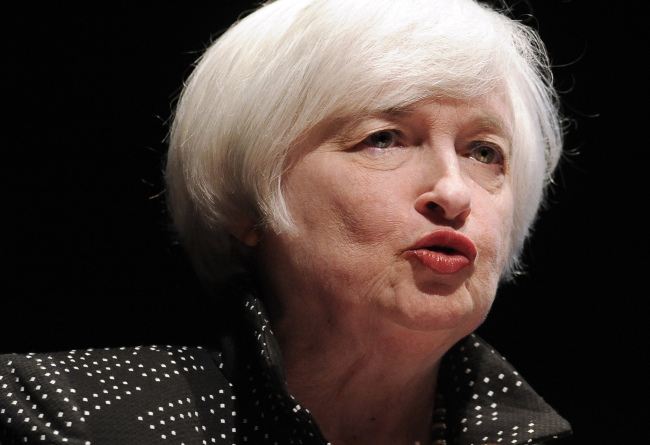New economic data inspires hope despite G2 risks
Industrial output increases; Export drop eased
By 김연세Published : Oct. 1, 2015 - 17:46
While the economic forecasts for Korea in the third quarter of the year have been mostly gloomy in the wake of the so-called G2 risks -- China’s economic slowdown and the likelihood of the U.S. key rate hike -- new data released Thursday offer some hope of a revival.
The two external uncertainties still linger on, which is restricting both economic vitalization and hampering the stock and currency markets.
The two external uncertainties still linger on, which is restricting both economic vitalization and hampering the stock and currency markets.

While some critics predict Korea’s growth will stay under 2.5 percent this year, some hopeful data was publicized on Oct. 1, the beginning of the fourth quarter -- particularly in the export and manufacturing sectors.
According to Statistics Korea, industrial output increased by 0.5 percent in August from the previous month due to higher overseas demand for mobile phones and semiconductors. It marked the third consecutive gain on a month-on-month basis, after increases of 0.6 percent in June and 0.5 percent in July.
In addition, according to the Ministry of Trade, Industry and Energy, the continuous on-year slump in exports was eased in terms of the extent of decline in September.
The nation saw exports fall by 8.3 percent in September compared to a year earlier. But this could be regarded as an improvement as the August exports posted a 14.7 percent plunge on-year.
Assessments are split on the data. While some government officials and analysts see positive symptoms on the back of the state-led stimulus package, pessimists say the improvement was a temporary rebound thanks to the Korean won’s rapid fall versus the U.S. dollar and the Japanese yen over the past two months.
Critics also point out the credit default swap premium, held by the local major conglomerates.
The corporate sector saw the CDS premium -- which indicates possible risks -- surge to 82.43 basis points as of Sept. 29. It marked the highest in about two years since it peaked 83.07 basis points on Sept. 2, 2013.
The CDS is a financial derivative, which compensates for losses when a business becomes insolvent.
Samsung Electronics’ CDS rose the highest level in 27 months to 77.98 basis points. The figure for Hyundai Motor, LG Electronics and SK Hynix also climbed to 108.93, 118.49 and 352.27, respectively.
Policymakers are cautious as the U.S. has yet to decide whether to raise the base rate so far this year. “The Volatility (of a variety of indexes) is likely to go on as it remains unclear when the Federal Reserve will start to raise the key rate,” said a senior official of the Finance Ministry.
The last two Fed rate-setting meetings for 2015 -- of the eight scheduled -- will be held on Oct. 27-28 and Dec. 15-16, respectively, in Washington.
On Thursday, the KOSPI gained 16.51 points, or 0.84 percent, from a trading session earlier to close at 1,979.32. The nation’s benchmark stock index stayed at 1,914.23 on Sept. 1.
The U.S. dollar slid 9.0 won from a session earlier to finish 1,176.3 won after it hovered around the 1,200 mark a month before.
By Kim Yon-se (kys@heraldcorp.com)


![[Exclusive] Korean military set to ban iPhones over 'security' concerns](http://res.heraldm.com/phpwas/restmb_idxmake.php?idx=644&simg=/content/image/2024/04/23/20240423050599_0.jpg&u=20240423183955)

![[Graphic News] 77% of young Koreans still financially dependent](http://res.heraldm.com/phpwas/restmb_idxmake.php?idx=644&simg=/content/image/2024/04/22/20240422050762_0.gif&u=)



![[Pressure points] Leggings in public: Fashion statement or social faux pas?](http://res.heraldm.com/phpwas/restmb_idxmake.php?idx=644&simg=/content/image/2024/04/23/20240423050669_0.jpg&u=)









